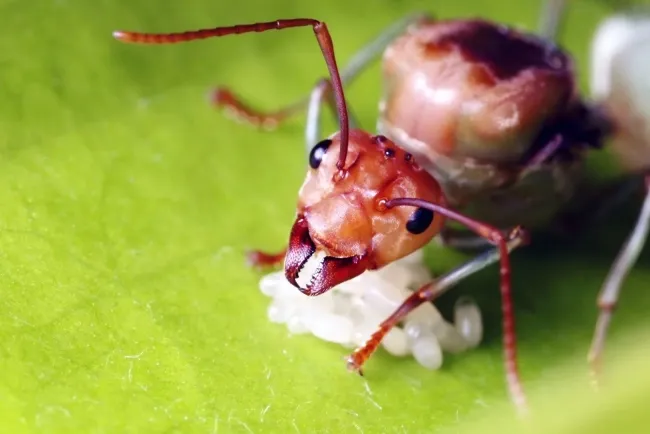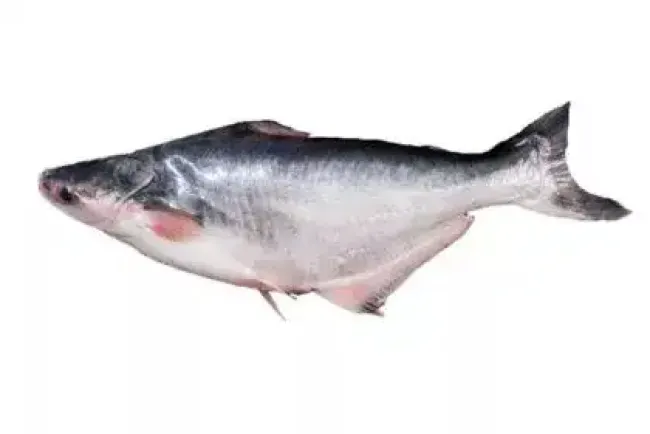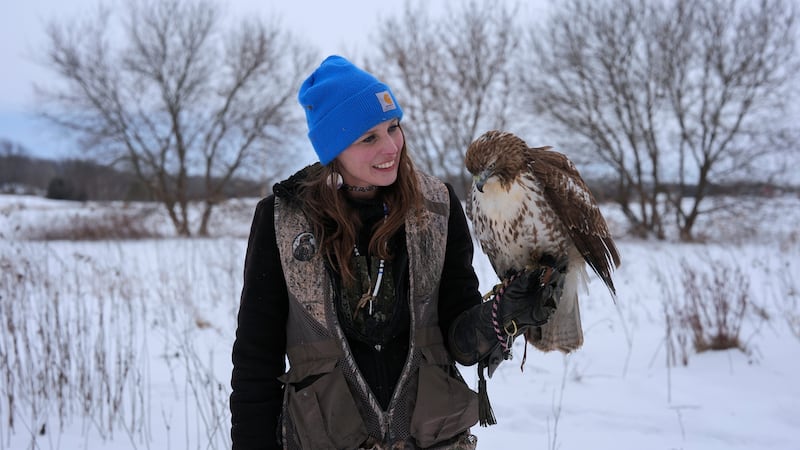Cobras: Guardians of Ecosystems and Symbols of Cultural Mystique...!!!
Cobras are remarkable creatures, known for their distinctive hood, potent venom, and cultural significance. With various species adapted to different habitats and regions, cobras continue to captivate and intrigue people worldwide. Their role in ecosystems as both predators and prey underscores their importance in maintaining ecological balance.
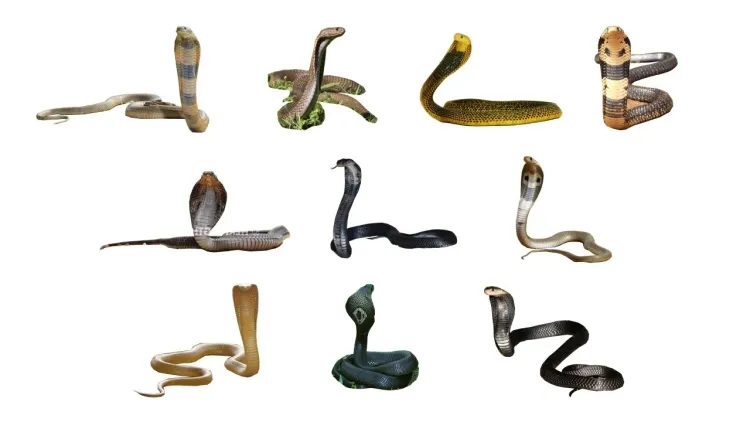
Cobras are some of the most captivating and feared reptiles in the world. These venomous snakes are renowned for their distinctive hood, which they expand when threatened, symbolizing danger and power.
General Characteristics
Cobras belong to the family Elapidae, comprising highly venomous snakes with fixed front fangs. Predominantly found in Asia and Africa, some cobra species also inhabit parts of the Middle East. Cobras are easily identified by their hood, formed by elongated ribs that extend the neck skin. When threatened, they raise the front part of their body and spread their hood as a defensive display.
Cobras vary in size, with some species reaching up to 18 feet in length. They are carnivorous, primarily feeding on small mammals, birds, other snakes, and amphibians. Cobras are also known for their potent venom, containing neurotoxins that can cause paralysis and, if untreated, can be fatal.
Types of Cobras
There are several species of cobras, each with unique characteristics and adaptations. Here are some of the most well-known types:
-
Indian Cobra (Naja naja):
-
Habitat: Found across the Indian subcontinent, including India, Pakistan, Bangladesh, and Sri Lanka.
-
Features: Recognizable by the distinctive spectacle pattern on the back of its hood.
-
Behavior: Highly revered in Indian culture and mythology, Indian cobras are also common in snake charmers' acts.
-
-
King Cobra (Ophiophagus hannah):
-
Habitat: Native to forests in India, Southeast Asia, and the Philippines.
-
Features: The largest venomous snake in the world, capable of reaching lengths up to 18 feet.
-
Behavior: Primarily feeds on other snakes and is known for its intelligence and territorial behavior.
-
-
Egyptian Cobra (Naja haje):
-
Habitat: Found in North Africa, from Egypt to Morocco, and in parts of the Middle East.
-
Features: Has a robust body and can reach lengths of up to 8 feet.
-
Behavior: Historically significant, believed to be the species associated with the ancient Egyptian symbol of protection, the Uraeus.
-
-
Monocled Cobra (Naja kaouthia):
-
Habitat: Found in South and Southeast Asia, including Thailand, Myanmar, Cambodia, and Vietnam.
-
Features: Named for the circular, monocle-like pattern on the back of its hood.
-
Behavior: Known for its aggression and highly potent venom.
-
-
Cape Cobra (Naja nivea):
-
Habitat: Found in southern Africa, particularly in South Africa and Namibia.
-
Features: Exhibits a range of colors, from yellow to brown to black.
-
Behavior: Highly venomous and considered one of the most dangerous snakes in its region.
-
-
Spitting Cobra (Naja pallida and Naja nigricollis):
-
Habitat: Found in parts of Africa, including Kenya, Tanzania, and South Africa.
-
Features: Can "spit" venom as a defense mechanism, aiming for the eyes of predators.
-
Behavior: Several species of spitting cobras exist, including the Red Spitting Cobra and the Black-necked Spitting Cobra.
-
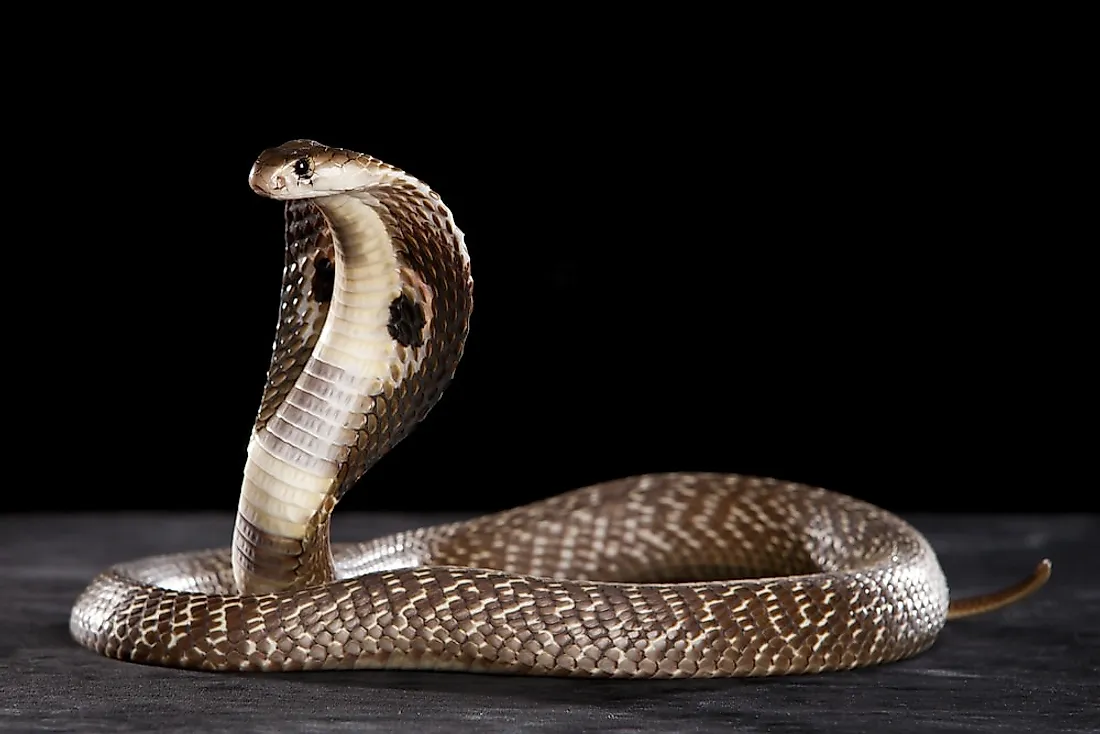
Defensive Mechanisms and Behavior
Cobras have evolved several defensive mechanisms to deter predators and threats. The most iconic is their ability to spread their hood, which makes them appear larger and more intimidating. Additionally, spitting cobras can eject venom from their fangs, aiming for the eyes of an attacker to cause pain and temporary blindness.
Generally shy, cobras prefer to avoid confrontation. They often warn potential threats by hissing and spreading their hood. If the threat persists, they may strike and deliver a venomous bite.
Cultural Significance
Cobras hold significant cultural and religious importance in various regions. In India, the cobra is associated with the deity Shiva and is considered sacred. In ancient Egypt, the cobra symbolized royalty and divine authority. The Uraeus, a stylized representation of a rearing cobra, adorned the crowns of pharaohs and was believed to offer protection.
Cobras are remarkable creatures, known for their distinctive hood, potent venom, and cultural significance. With various species adapted to different habitats and regions, cobras continue to captivate and intrigue people worldwide. Their role in ecosystems as both predators and prey underscores their importance in maintaining ecological balance.
What's Your Reaction?







